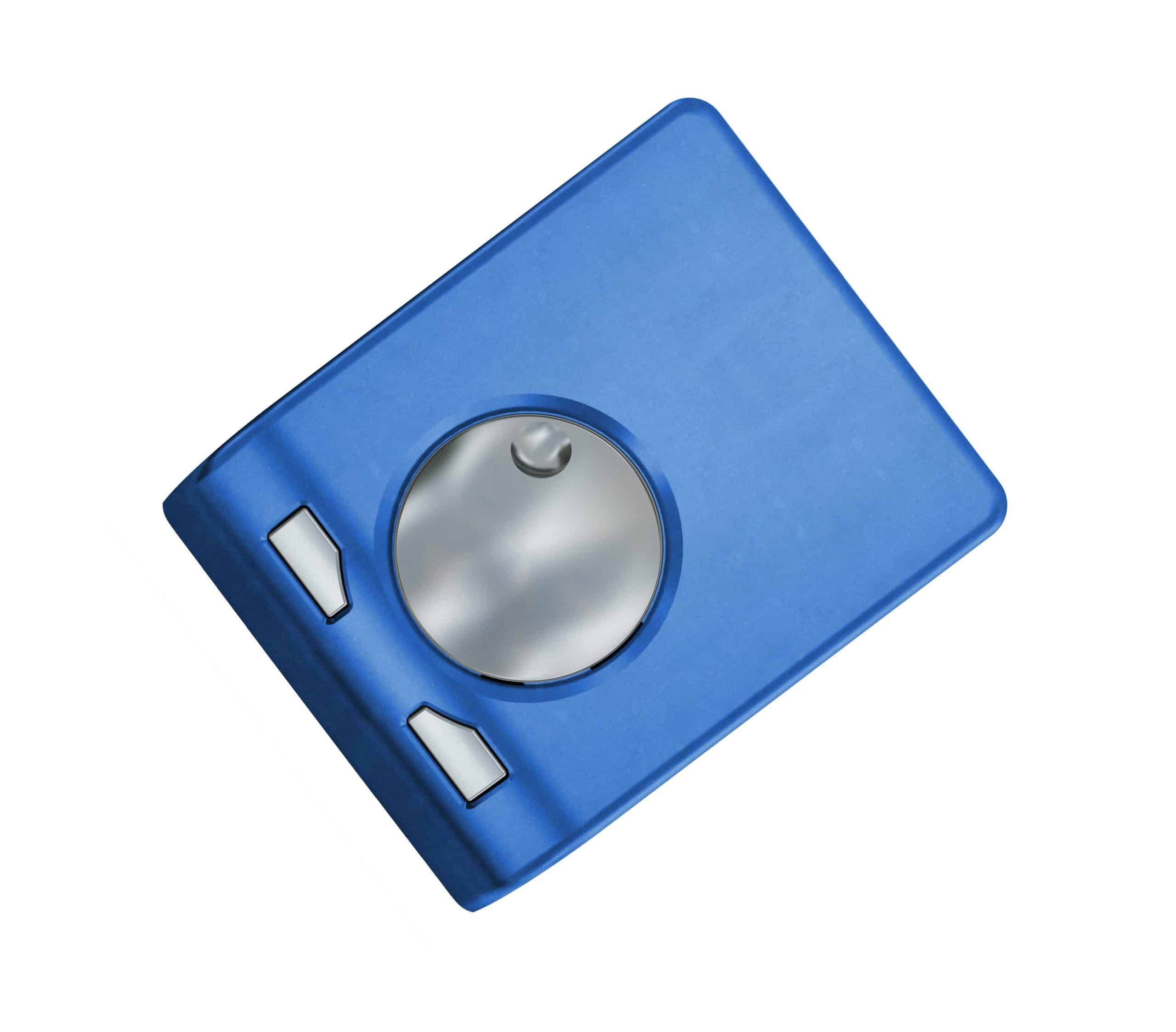How to Monitor the Water Parameters in a Discus Fish Tank?

Keeping discus fish happy and healthy requires a delicate balance. One of the crucial elements of this balance is the quality of the water in your discus fish tank. Monitoring the water’s parameters can seem daunting, but with the right knowledge and tools, it is entirely manageable. This comprehensive guide will show you how to test the water of your discus tank, what levels you should aim to reach, and how to react to any changes in those levels.
Understanding the Importance of Testing Aquarium Water
Before we delve into the specifics of how to monitor water parameters, it’s essential to understand why this is so critical. The water in a discus fish tank is not just a place for your fish to swim; it’s their living environment, and its quality affects their health and overall welfare.
Also to read : What’s the Best Approach to Train a Dog for Wheelchair Assistance?
Discus fish are sensitive to changes in their environment, and keeping the water in optimal condition is crucial to their survival. By testing your aquarium water regularly, you will be able to ensure that the water conditions are suitable for your fish and respond quickly to any potential issues before they become critical.
The Key Parameters to Monitor
There are several crucial water parameters that you need to monitor regularly. These include the temperature, the pH level, the ammonia, nitrate, and nitrite levels, and the general hardness (GH) and carbonate hardness (KH) of the water.
Topic to read : How to Introduce a Bearded Dragon to a New Tank Environment?
The temperature of your discus fish tank should be kept between 82 to 86 degrees Fahrenheit (28 to 30 degrees Celsius). Discus fish are tropical fish, and they thrive in warm water. A sudden change in temperature can stress your fish and put their health at risk.
The pH level refers to how acidic or alkaline the water is. Discus fish prefer slightly acidic water, with a pH level between 6.0 and 7.0. Maintaining the correct pH level is vital as it affects the bioavailability of toxic ammonia.
Ammonia is produced by fish waste and uneaten food. It’s incredibly toxic to fish and should be kept at levels as close to zero as possible.
Nitrite and nitrate are also harmful to fish if their levels rise too high. Nitrite should also be kept as close to zero as possible, while nitrate levels should ideally be below 20 ppm (parts per million).
The general hardness (GH) and carbonate hardness (KH) of the water refer to the concentration of certain minerals in the water, which can affect the pH level and the health of your discus fish.
How to Test Aquarium Water
Testing the water quality in your aquarium is a straightforward task that you should carry out regularly – at least once a week or whenever you notice changes in your discus fish’s behavior.
There are various types of test kits available on the market, including test strips and liquid test kits. While test strips are easier to use, liquid test kits are generally more accurate.
Here’s a basic guide to testing your aquarium water:
- Fill the test tube with aquarium water up to the marked line.
- Add the appropriate number of drops from the test solution.
- Cap the test tube and shake it to mix the solution with the water.
- Wait for the specified time for the color to develop.
- Compare the color in the test tube to the color chart provided to read the levels.
Responding to Changes in Water Parameters
If your tests reveal that the water parameters in your discus fish tank are outside the safe ranges, it’s crucial to take action quickly. However, remember that making drastic changes to the water conditions can cause further stress to your fish.
If the temperature is too high or too low, adjust your aquarium heater gradually until the desired range is reached.
If the pH level is off, use a commercially available pH adjuster to bring it back to the correct range.
For high ammonia levels, you can perform a partial water change and ensure that your filter is working properly.
High nitrite or nitrate levels can also be addressed through partial water changes and careful monitoring of feeding to prevent excessive food from rotting in the tank.
If the GH or KH levels are too high or too low, you can use commercial products to adjust these levels.
Maintaining Optimal Water Quality
Regular testing and adjustments are necessary to maintain optimal water quality in your discus tank. However, there are also some preventive measures you can take.
A well-functioning filter will help keep ammonia, nitrite, and nitrate levels in check. Regular water changes, typically 10-15% of the total volume each week, will help maintain the right parameters by diluting potential pollutants.
Remember, overfeeding your discus can lead to excessive waste and increased ammonia levels. Feed your fish only what they can consume in a few minutes, and remove any uneaten food promptly.
Lastly, a diverse, well-maintained planted aquarium can help balance the water parameters naturally. Plants absorb nitrates, and their presence promotes a healthy, stable environment for your discus.
Monitoring the water parameters in your discus fish tank is a fundamental part of maintaining their health and well-being. However, armed with the right information and tools, it’s a task that you can easily manage. Remember, the key is regular testing and prompt, balanced response to any changes.
Dealing with Tap Water and Its Effects on Water Parameters
In many households, tap water is the primary source for filling an aquarium. However, it’s essential to recognize that tap water often contains chloramines or chlorine to ensure its safety for human consumption. These chemicals, though beneficial for humans, can be harmful to discus fish.
To neutralize these chemicals, you should treat tap water with a water conditioner before adding it to your discus aquarium. Water conditioners are readily available in pet stores and online. They work by neutralizing harmful chemicals and making tap water safe for your discus fish.
In addition, tap water can often have a high pH or hardness levels. If this is the case, you may need to use additional products to adjust these parameters to optimal conditions for your discus fish.
Another common practice is to let tap water sit for 24 hours before adding it to the aquarium. Doing so allows harmful gases to escape and the water temperature to adjust to room temperature, reducing the shock on your discus fish. However, this method does not remove chloramines, so a water conditioner is still necessary.
Using Regular Water Changes in Discus Fish Care
Regular water changes are one of the most critical aspects of discus fish care. As we’ve discussed, maintaining the right water parameters is essential for the fish’s health well-being. Regular water changes help achieve this by diluting harmful substances like ammonia, nitrites, and nitrates.
To carry out a water change:
- First, prepare the new water. Ensure it has been treated with a water conditioner if needed, and that its temperature and pH level match those of the existing aquarium water.
- Use a siphon to remove a portion of the old water from the tank. A good rule of thumb is to change 10-15% of the water once a week.
- Slowly add the new water to the fish tank, causing as little disturbance as possible to avoid stressing the fish.
Regular water changes, combined with thorough water testing, are the cornerstone of good discus fish care. Be sure to keep an eye on the water parameters and adjust your water change schedule as necessary.
Conclusion: Balancing the Water Chemistry for a Healthy Discus Aquarium
Maintaining a healthy discus aquarium involves a balance of many factors, and water conditions play a central role. From the water temperature to the levels of ammonia, nitrites, nitrates, pH, GH, and KH, each parameter must be carefully monitored and maintained at optimal conditions.
Using a test kit to regularly check these water parameters, and promptly making necessary adjustments, is the key to ensuring your discus fish thrive. Remember that the use of tap water may require the use of water conditioners and additional treatments to achieve the right water chemistry.
Additionally, performing regular water changes can help maintain the proper balance of these parameters, contributing to the overall health and well-being of your discus fish.
Though it may seem daunting, monitoring and maintaining the water parameters in your discus fish tank is not an insurmountable task. With knowledge, patience, and the right tools, you can provide a safe, comfortable, and healthy environment for your discus fish.
